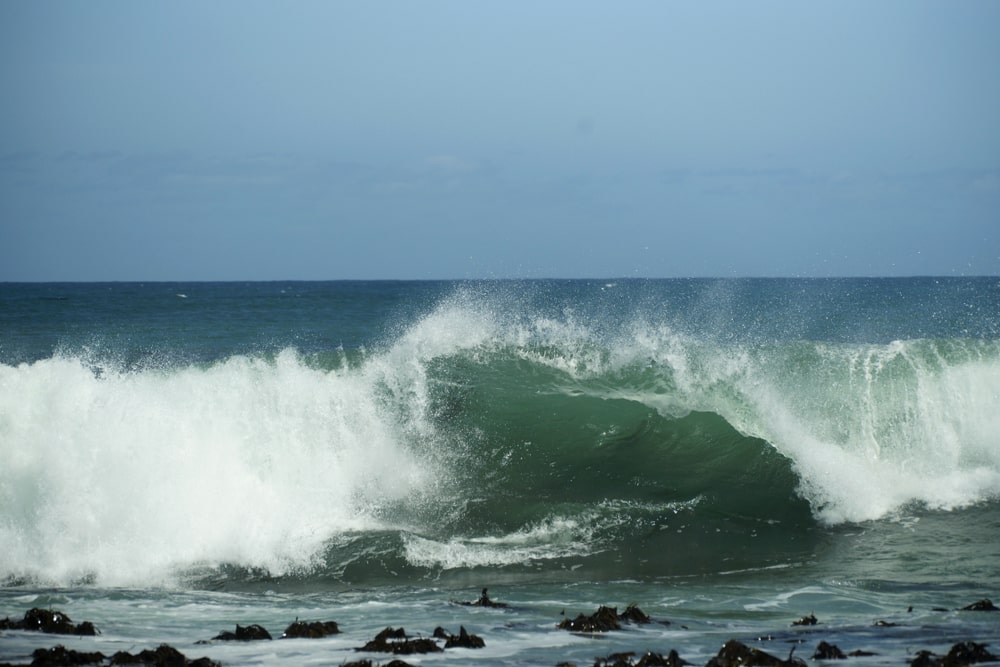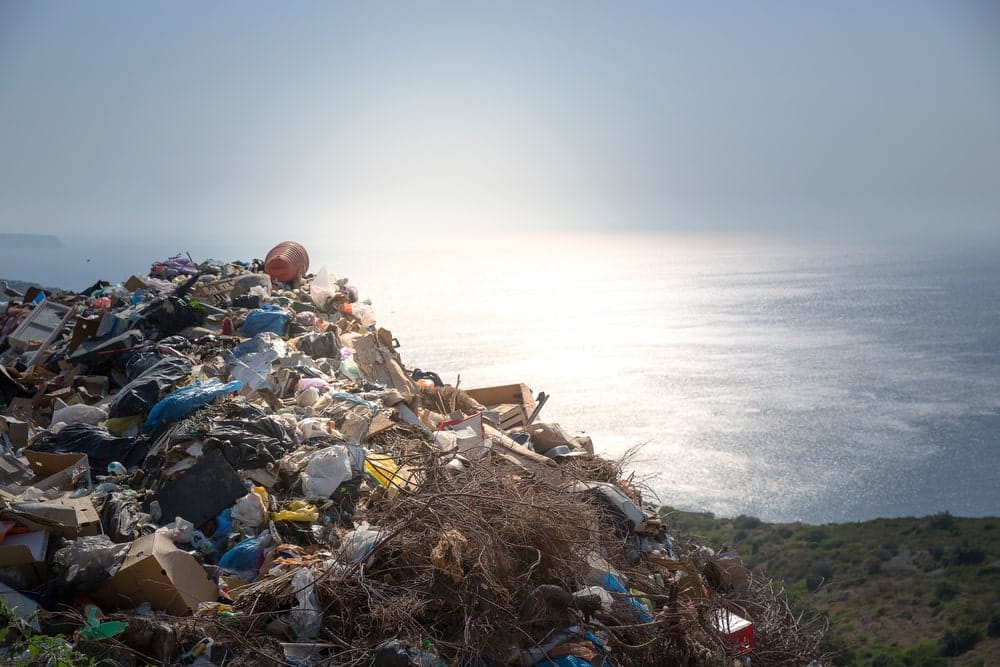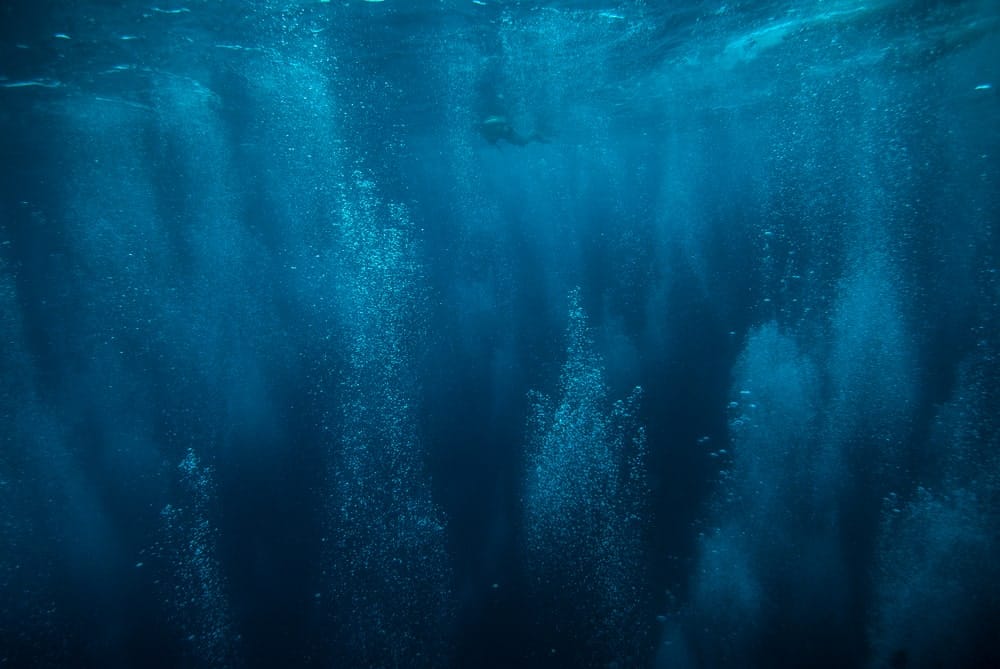While we know a lot there are a lot of ocean things that are STILL unexplained!
When it comes to the ocean things we know, scientists actually know very little about it.
Every year, something new is discovered, and this is because scientists, biologists, wildlife researchers, and many others cannot get to the most unexplored part of the world: the bottom of the ocean.
Being the major part of the ocean that is still left unexplored leaves us with more questions about who and what lives there, along with the numerous valleys, trenches, and bottoms of the ocean that we know virtually nothing about.
However, while the bottom of the ocean is the most unexplored, this huge body of water ended up perplexing scientists and experts over centuries.
There are a lot of phenomena associated with it that are both unexplored and seemingly impossible to explain with the information we have now.
Due to how fascinating and downright eerie the ocean is, we have brought you some of the ocean’s unexplained mysteries that are going to make you wonder about it even more than before!
Did you know about these ocean mysteries before? Which other unknown things about the ocean do you know? What is your favorite unexplainable thing about the ocean? Let us know in the comments down below!

What is a rogue wave?
People have been navigating oceans and seas for centuries, with the first signs of this practice being recorded back in the Indo-Pacific in the 3000–1000 BC area! However, there is one specific type of phenomenon that has been inexplicable for just as long: the rogue wave!
Rogue waves form seemingly out of nowhere. Sailors all across the world talk about how the ocean would be fairly calm and predictable when it comes to waves, only for a really big eave to come out of nowhere and topple their ships at times.
These rogue waves are known among sailors to come out of seemingly thin air, taller and bigger than all the others. The crest of the sea would topple ships, send sailors overboard, and sometimes leave entire crews and ships to the mercy of the sea as it capsized their boats.
For a long time, scientists have been skeptical of these so-called rogue waves, as they could not find an explanation for them or objective proof anytime sailors would come and recount their stories to them.
The fact that these waves were tens of feet high at times and they came out of nowhere led them to believe that the sailors were not remembering well due to the stress of being at sea for so long or that they were straight up lying.
All of this changed on January 1st, 1995 when a famous freak accident proved to all the skeptics that the sailors were right in their recountings.
The Draupner Gas Platform in Europe’s North Sea was not the result of a sudden freak wave that was nearly 90 feet tall and came out of nowhere.
This made the scientists believe in these waves, even if there was a similar observation done in 1984 on a Danish platform. This 90-foot-tall wave came out of the blue in an area that has recorded waves that were always estimated at less than half that height!
Now that rogue waves are known to be real, scientists are still stuck. All these stories are real; these rogue waves are unexpected and really high, but the sad reality is that no one has been able to prove why they happen.
Oceanographers have been trying for years to see why waves do go rogue and do not follow the pattern known, but try as they might, they could not find a reason yet so they could warn ships about them in time. As technology advances, everyone has hope that, at some point, they will find a reason for these happenings.

Where is the plastic?
One of the things we are very aware of in recent years in the ocean is the huge amount of plastic that has been dumped into the waters.
Be it that it has been done due to people littering and the rivers and streams getting it to the ocean or because there are people who dump their trash in the ocean, we do know there is a lot of it there. But after it gets there, where does it go?
It may seem like a pretty straightforward question, but in reality, it is everything but that.
The Great Pacific Garbage Patch is one such thing that we know about that is known to be hovering up quite a number of the plastic that has been dumped into the ocean, but it only accounts for one part of the oceans and a fraction of the plastic trash that is in its waters!
In reality, scientists and oceanographers estimate that about 99% of all the plastic that is being dumped into the oceans has gone missing, and they have ended up calling this issue “dark plastic.”.
Some of the questions that were asked after ended up being along the lines of, Does all that missing plastic sink? Does it end up on the bottom of the ocean? Is it eaten by animals and microorganisms?
Any answer is as good as the other, as oceanographers have yet to figure out what happened to all that missing plastic, and with the rate of plastic pollution going only up despite conservation and cleaning efforts, it is truly eery to know that we have no idea where these thousands of tons of plastic are!

The Twilight Zone.
One of the things about the things about the ocean that everyone is aware of is that the deeper you go down, the less light you are going to get. Since there are no actual light sources in the water, the sunlight provides all the light you get, and once you pass the few hundred-foot mark, you end up having trouble seeing what is around you.
Down at 656 feet beneath the ocean surface, you are going to reach the “mesopelagic zone,” which is more commonly known by people who are not in the field as the “twilight zone.”.
While it may sound like something out of a sci-fi movie, this zone of the ocean is where the light fades almost completely, and pushing further down than this is going to lend you to the complete darkness of the ocean.
Once the light fades, so does our knowledge of the ocean, as further down than that is where no man has reached. It may not seem like a lot, but people cannot reach down there easily, and even sending cameras down to the darkest parts of the ocean is extremely expensive.
As oceanographers have put it, it is deep, dark, remote, temperamental, and elusive! There is little known about the Twilight and Dark Zones of the Ocean, even with the little we have learned through the use of cameras.
And with the creepy ecosystem glimpse we have gotten from the fish that live there, we cannot know what truly lies there once light shines since they are scared of it.
With the creepy fish and creatures that live there that are around, together with the fact that there are thousands of feet lower than this zone and thousands of miles of ocean floor unexplored, we can only rely on our imagination on what could lie there.
The mystery continues as the oceans continue to fascinate us, and even oceanographers, as curious as they are, are scared of what could lie in the darkness!
If you want to know more about the ocean and what secrets it may hide, we recommend this book on the matter: The Underworld: Journeys to the Depths of the Ocean.
The ocean is just as fascinating as it is eerie and unexplored. And yet, it is one of the things that has taken a lot of lives when you take a stroll down history lane! One of the most famous ocean losses is the Titanic sinking, but do you know what else was lost besides the ship and human life? If you want to discover what was lost once with the Titanic, continue reading here!








